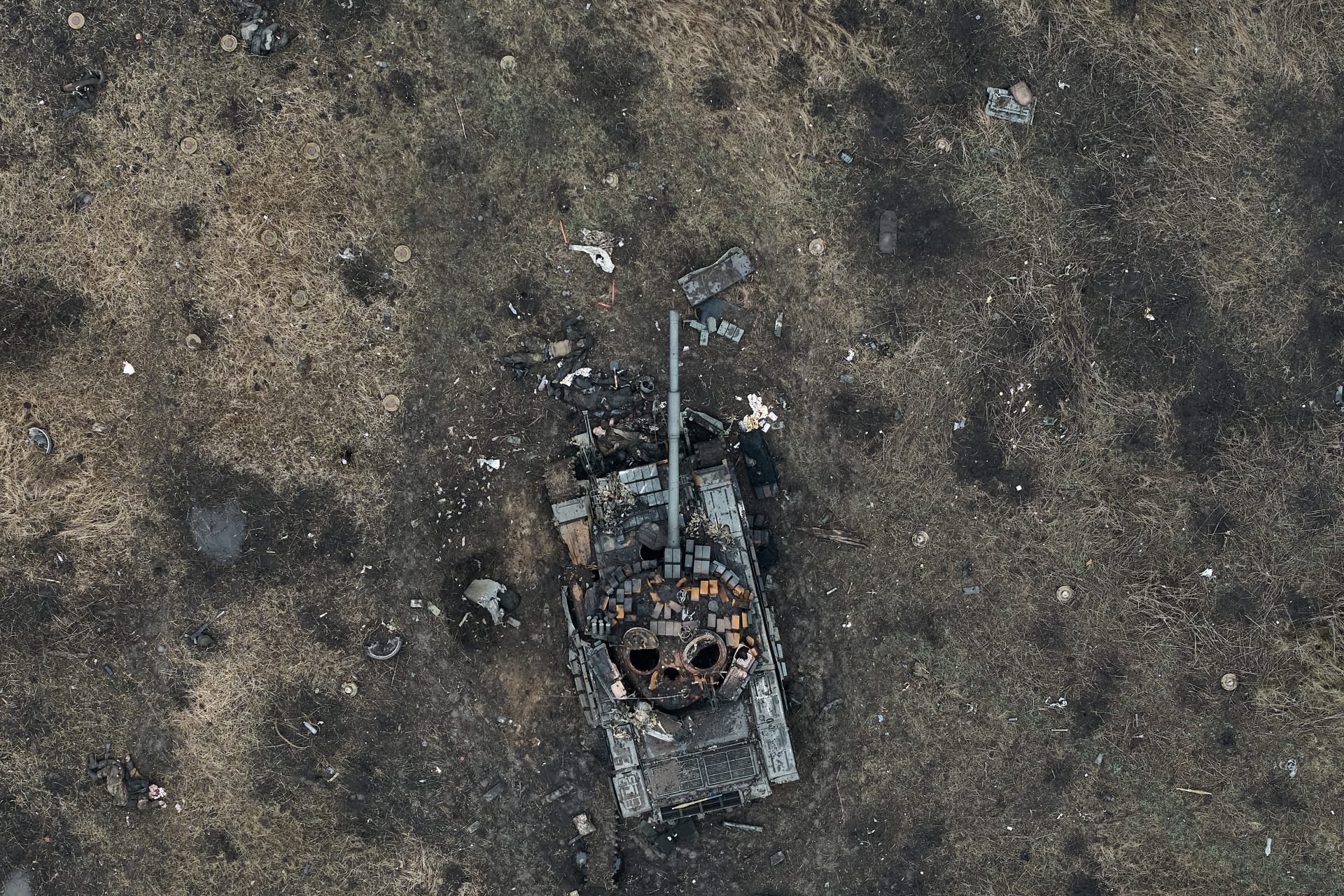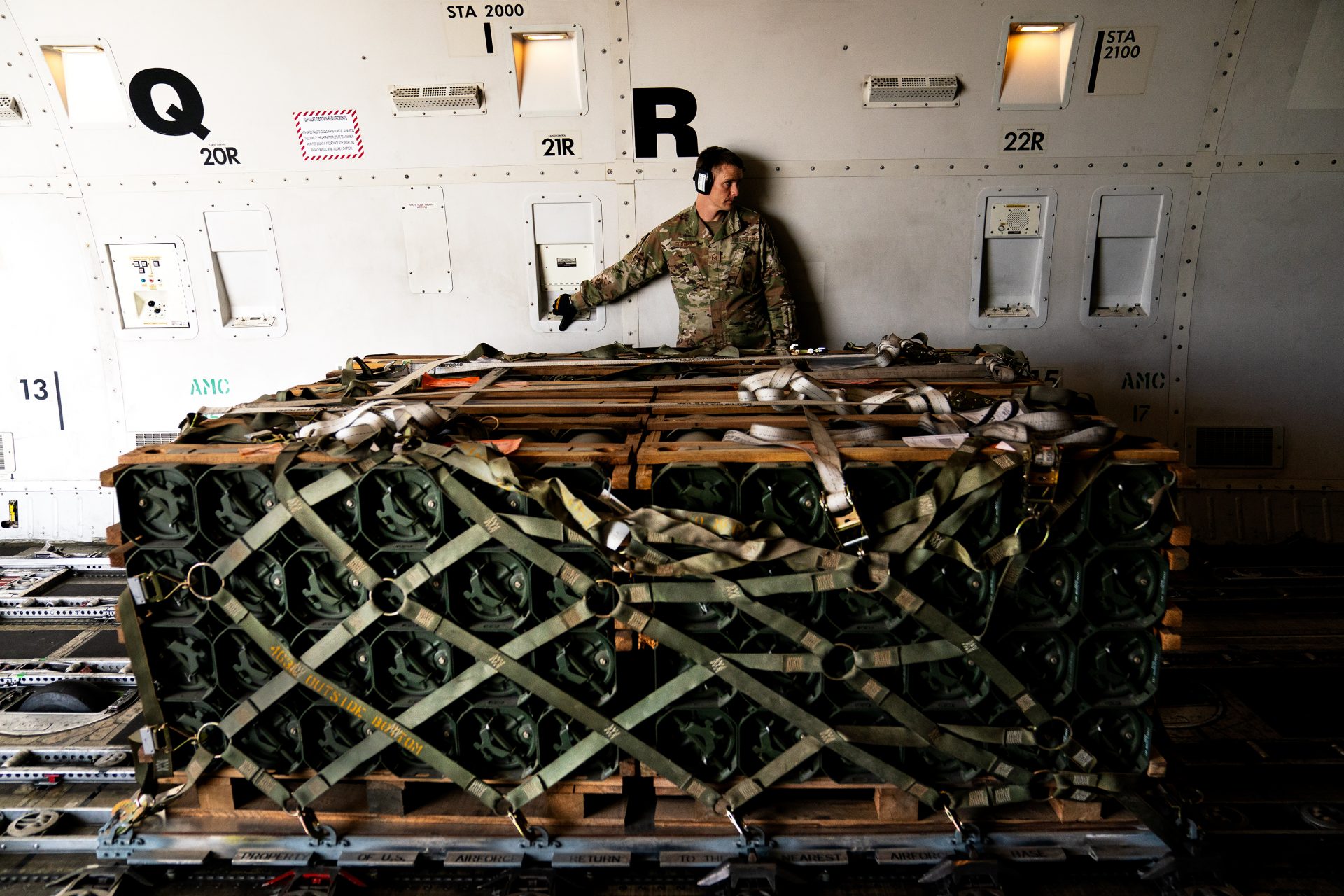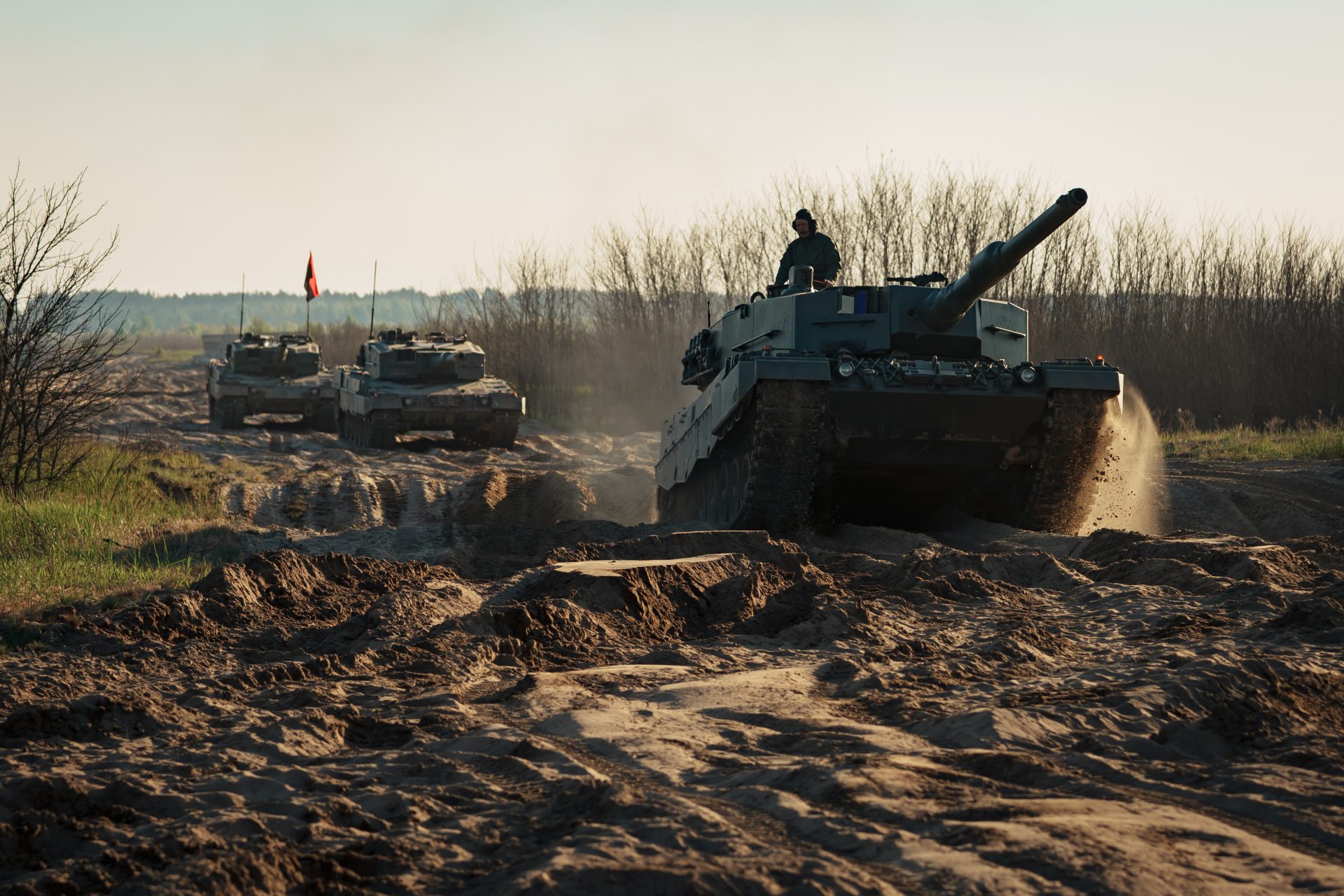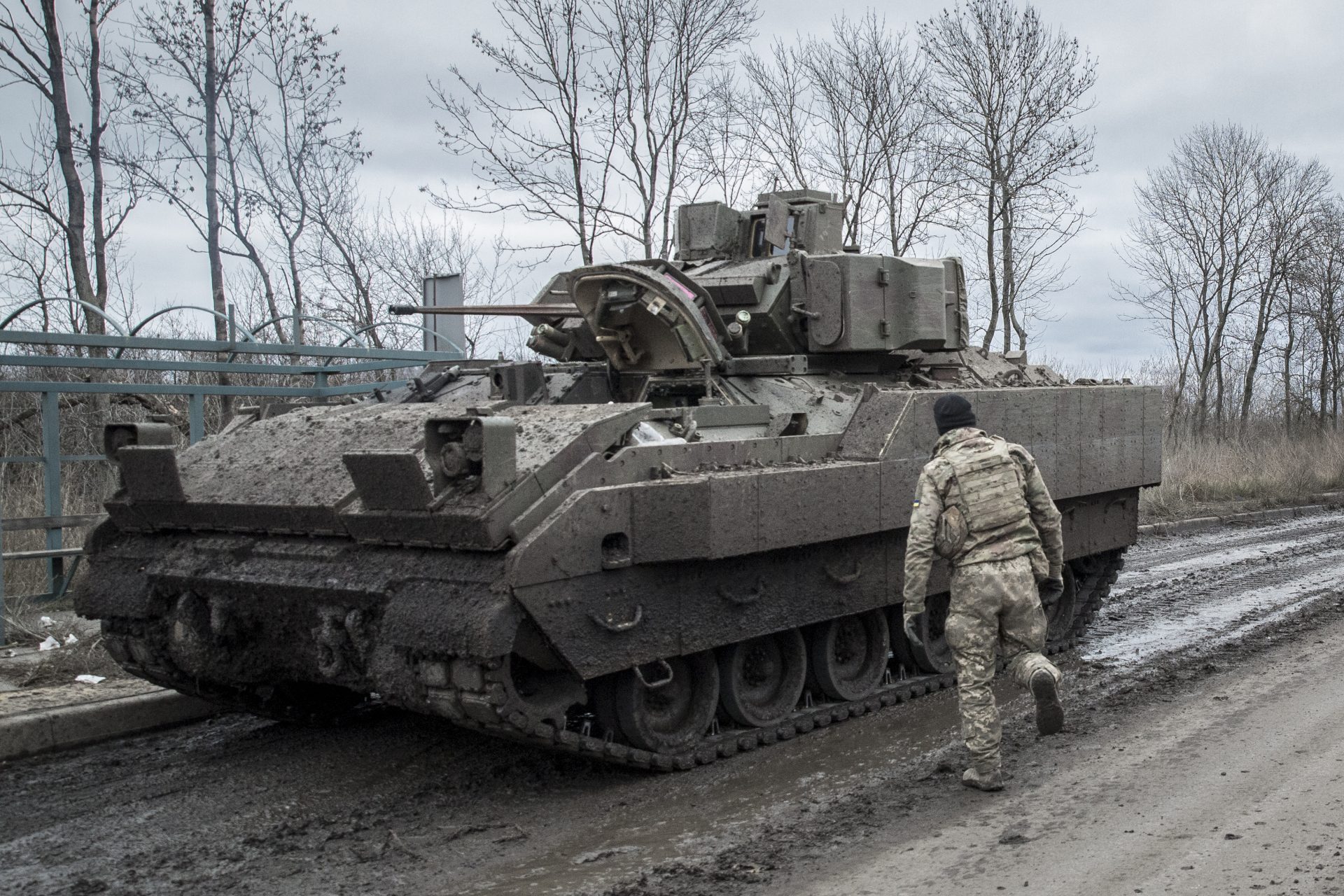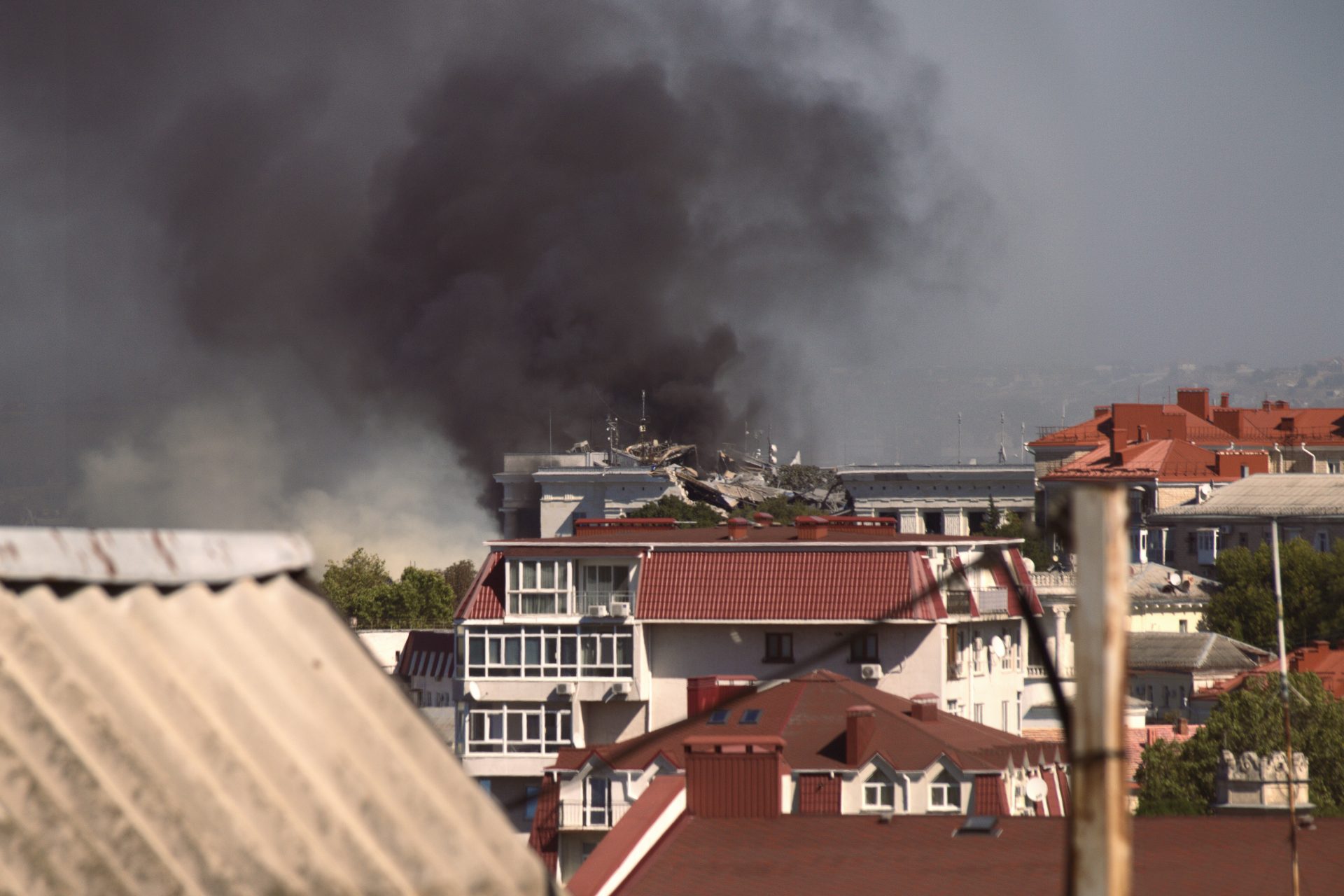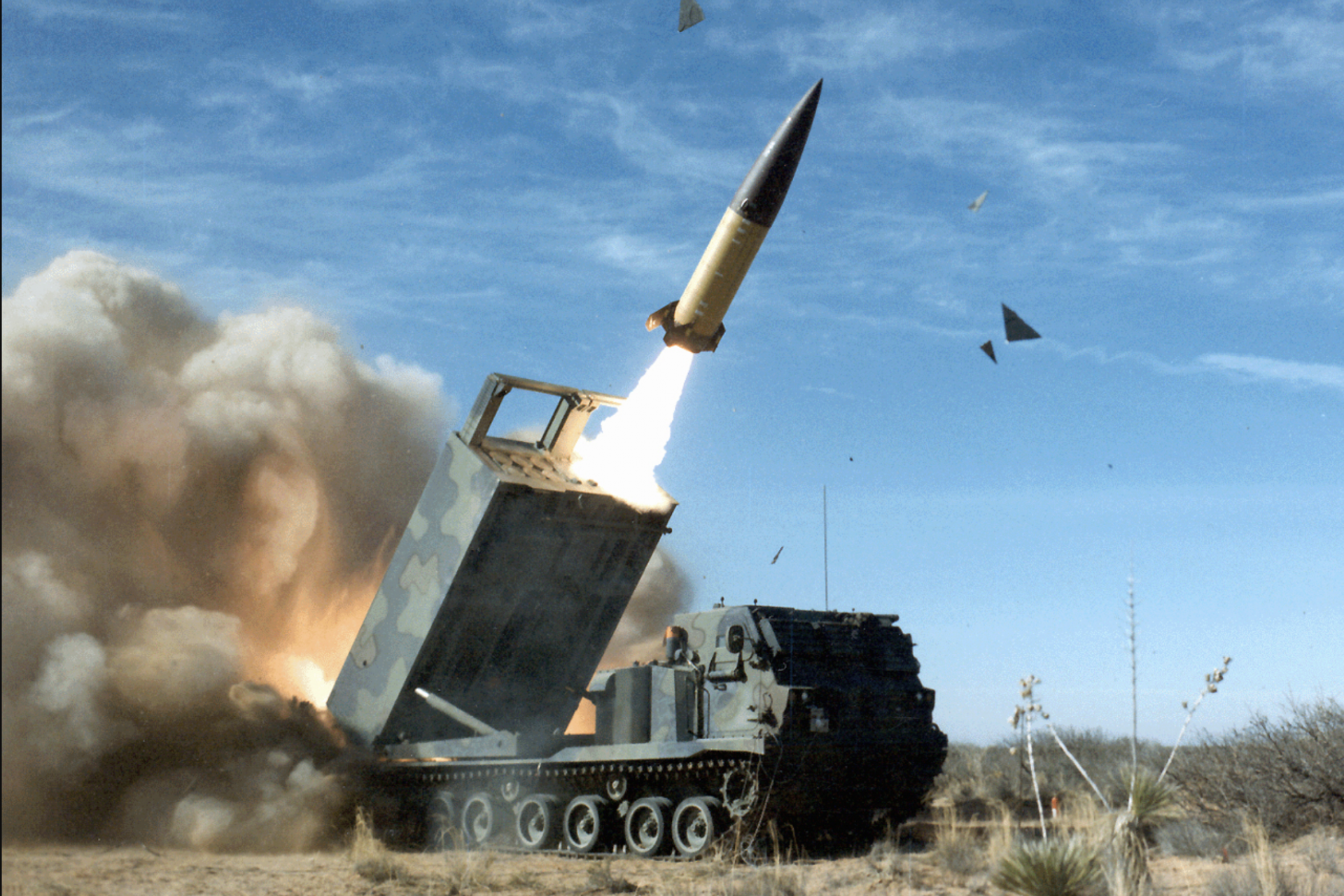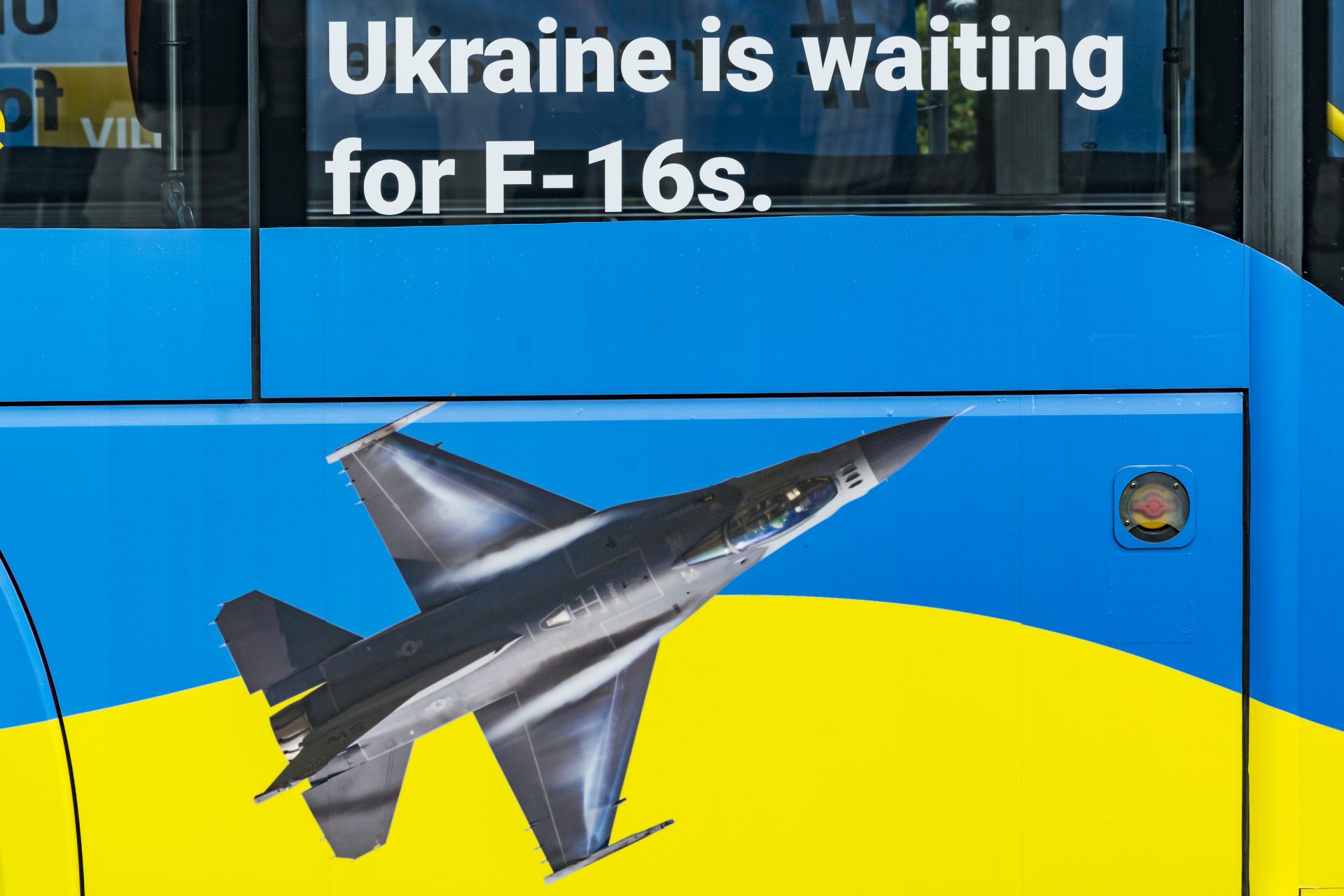Western weapons saved Ukraine from total destruction
When Vladimir Putin ordered the invasion of Ukraine there were few who thought that Kyiv would be able to withstand the might of the second-best army in the world. But the conflict didn't go as Putin planned.
In the days and weeks that followed the initial invasion, Ukrianian forces were able to stop Moscow along every line of its advance. This was due in no small part to the material assistance Ukraine received from the West.
As soon as the conflict kicked off, all kinds of weapons began pouring into Ukraine from its Western allies as the world watched bring large-scale war back to the European continent for the first time since World War II.
It only took onlookers a few days to realize that Ukrainian stockpiles of Western-made weapons were making a real difference in slowing down Russia and there was one piece of technology that played a big role in the early war.
From the outset of the war, it was clear that shoulder-fired anti-tank and anti-air weapons like the American-made FGM-148 Javlin and the FIM-192 Stinger systems were going to be crucial for halting Russia’s early advances throughout Ukraine.
According to the New York Times, less than a week after the war began, the United States and its allies had sent over 17,000 anti-tank weapons to Ukraine in an attempt to arm the country’s soldiers against the onslaught of armor pouring across the border.
Western anti-tank weapons were used to great effect in the early days of the war when Ukraine was relying on a small professional group of soldiers and their territorial defense forces to throw back a more experienced and better-equipped enemy.
“The Javelin, very specifically that system’s advanced capabilities, have been vital to Ukrainian military survival and ability to hold ground,” John Spencer, the Chairmen of Urban War Studies at Madison Policy Forum told NBC News weeks into the war.
According to Financial Times, Javelins were used in the early war as part of the Ukrainian Armed Forces’ hit-and-run ambush tactics that played the key role in preventing Russian forces from capturing Kiyv, giving the Ukrainians a fighting chance.
Man-portable air-defense systems, often abbreviated as MANPADS, also played a critical role in the early war, downing Russian aircraft that bypassed a Ukrainian air defense network that had been crippled by Moscow’s early missile barrages.
“These shoulder-fired missiles, typified by the American Stinger, are only effective against low-flying aircraft and at a range of a few kilometers,” wrote The Economist. “But they have scored a number of kills and are severely impeding Russian air operations.”
On the one-year anniversary of the conflict, Jordan Cohen and Johnathan Ellis Allen from the American think tank Cato Institute wrote that the use of MANPADS in the early war proved to be vital to Ukraine’s defense by limiting Russian air superiority.
“Through the first six months of the conflict, this type of weaponry made it impossible for Russia to gain air superiority, depriving the Kremlin of achieving a number of battlefield goals,” Cohen and Allen noted.
Without air superiority over Ukraine, Russian forces were unable to gather intelligence on enemy positions and could not respond rapidly to battlefield events as they unfolded, which in turn allowed “Kyiv greater success in the ground battle.”
As Ukraine proved its ability to fight, the country’s Western allies got comfortable with sending more advanced weaponry, and things that the Ukrainians had been requesting from its allies and partners began to make their way to Kyiv's arsenals.
Soon missile systems like the Norwegian Advanced Surface-to-Air Missile System and the American M142 High Mobility Rocket Artillery System (HIMARS) were being shipped to Ukraine, the latter of which changed the war.
"The Ukrainian army used the multiple rocket launcher to fire long-range missiles at key enemy positions, helping to reduce Russia’s numerical advantage in artillery fire, and buying time to plan its shock counter-offensive in the north-east,” wrote Financial Times.
HIMARS were used to knock out the Antonovka Bridge in Kherson, eventually allowing Ukraine to win a positional battle against the undersupplied Russian troops defending the territory they’d taken north of the Dnieper River.
According to Time Magazine, HIMARS strikes were effective because they allowed the Ukrainian military to hit Russian supply and ammunition depots, something one of the experts the magazine interviewed said was key to Ukraine’s successful counterattack.
“Without the HIMARS, I don’t think the Ukrainians would have liberated Kherson,” George Barros, an analyst at the Institute for the Study of War, explained to Time Magazine.
As Ukraine moved closer toward its next big counter-offensive, onlookers watched and waited to see how the next round of advanced military equipment would be used in the battles to come.
Challenger 2 and Leopard tanks arrived in Ukraine and images showed American-made Stryker and Bradley Fighting Vehicles made their appearances. These weapons were meant to help Ukraine take back more territory it lost during the initial invasion.
More than 13 weeks into the counter-offensive, Leopard 2 tanks are turning out to be surprisingly resilient on the battlefield and Ukraine had only lost 5 of their 71 of their Leopard 2 models in their push to take back the occupied territories according to Forbes.
NATO tactics along with Western-supplied weapons helped Ukraine battle through the heavy Russian minefields on the frontlines and breach the first line of defense along the road to Melitopol, the key to removing Russia from the southern portion of the nation.
Time would eventually reveal that not enough modern equipment had been supplied to Ukraine in order to make their long-awaited summer counter-offensive successful. But the armor provided by the West has helped Ukraine defend other parts of its frontline.
For example, the German-supplied Leopard 2 tanks, and more importantly the country's US-supplied M2 Bradley infantry fighting vehicles, of Ukriane's 47th Brigade have played an important role and holding off the conquest of Avdiivka according to Forbes' David Axe.
The West has also provided other game-changing weapons. British Storm Shadow cruise missiles have allowed Ukraine to strike targets in Crimea, and one was reportedly used to blow up the Russian Black Sea Fleet's headquarters in Sevastopol in September according to The Telegraph.
Photo Credit: Wiki Commons By Halifers - Own work, CC BY-SA 4.0
US MGM-140 Army Tactical Missile System (ATACMS) have been just as critical and were used to knock out key Russian supplies depots based on reporting from The Washington Post, and they were first used to destroy several attack helicopters in an attack on airfields in Berdyansk in the Luhansk region.
Photo Credit: Wiki Commons By Neznámý
However, the most crucial weapons system the world is wondering about is Ukraine's F-16s. These American-made weapons are being supplied by several allied nations and some have been slated for delivery in 2024. However, they will help Ukraine survive and win the war has yet to be determined.
More for you
Top Stories



